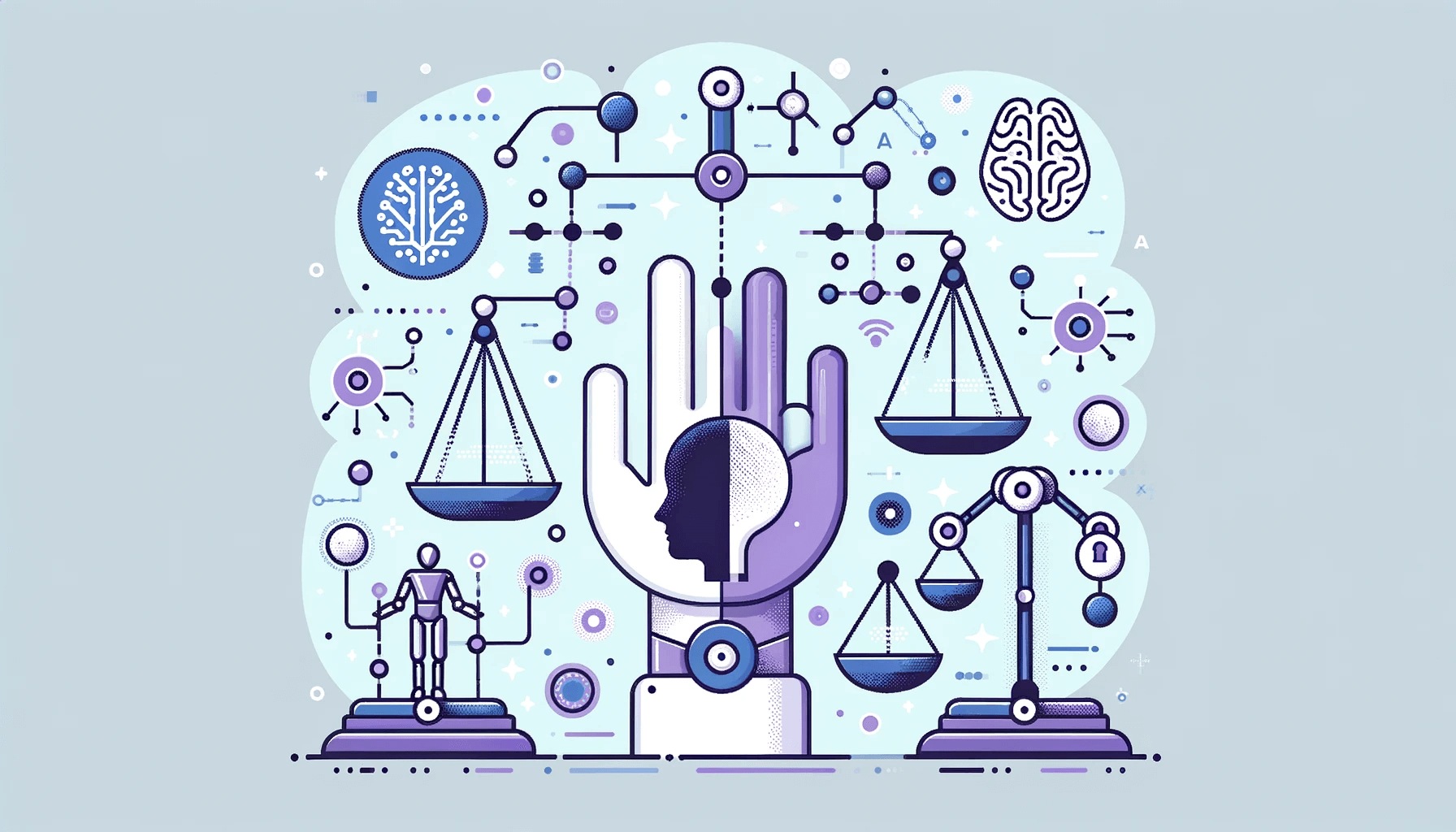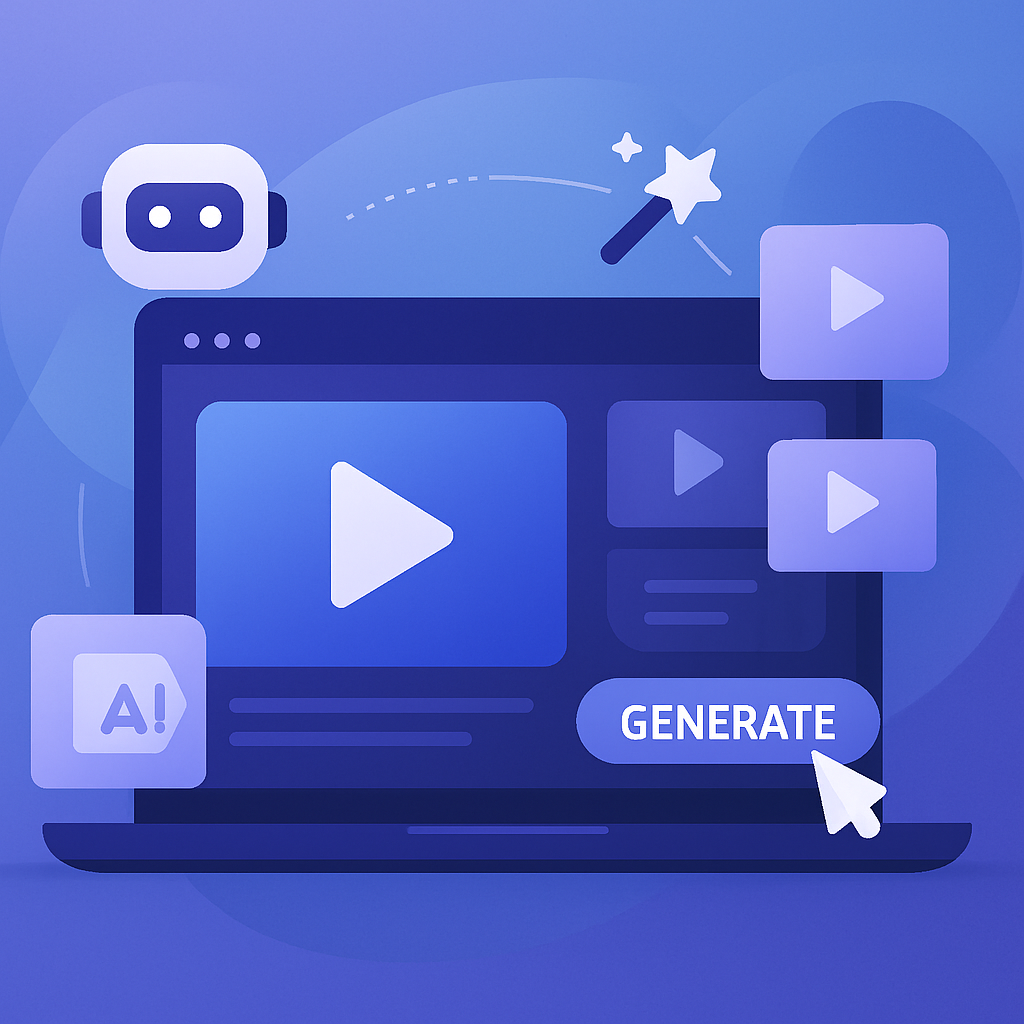
Create AI videos with 230+ avatars in 140+ languages.
Navigating the investment in a new AI video communications platform like Synthesia can seem daunting for department leaders within large enterprises.
With tight budgets, potentially lengthy due diligence, and onboarding periods, the hurdle to justify such an investment is high.
Yet, in the ever-changing realm of corporate training, sticking to the old ways is like using a flip phone to send an email — it just doesn’t cut it anymore.
In this blog post, we'll unpack nine compelling, data-backed reasons why overcoming these challenges to embrace Synthesia can significantly benefit your organization, transforming learning and development initiatives in powerful, unforeseen ways.
1. Cost efficiency
High costs and complexities in traditional video production can be a challenge for businesses aiming to enhance their training and development programs. Hiring actors, renting locations, and acquiring high-quality filming equipment can escalate expenses quickly, while the need for a skilled production team further complicates the process.
Moreover, the inflexibility of traditional methods makes adapting training videos to evolving business needs difficult.
Platforms like Synthesia demonstrate that AI-driven video production emerges as a powerful solution. By utilizing AI avatars and virtual sets, Synthesia significantly reduces the costs and complexities associated with traditional video production.
This innovation cuts production expenses by up to 50% and reduces the need for specialized staff, streamlining operations and cutting production time by 30%, as demonstrated in the case of Xerox.
Moreover, the savings realized from these efficiencies open up opportunities for reallocating resources towards more impactful initiatives, enhancing the overall effectiveness of training programs.
2. Scalability and speed
Updating training videos swiftly and efficiently using traditional production methods has been about as easy as changing tires on a moving car. Conventional approaches often lead to lengthy production times, sometimes taking up to two weeks to produce a single piece of content.
Moreover, updating content to keep it relevant becomes cumbersome and time-consuming, requiring extensive reshoots or edits. This process delays updated materials' deployment and consumes valuable time that SMEs could spend on their primary job functions.
The introduction of AI technology for video production offers a groundbreaking solution to these issues:
→ Companies leveraging AI for video production have reported a dramatic 90% improvement in production speed, cutting down the production time from 13 to just 5 days.
→ The ease of updating content with AI technology ensures that training videos remain current and relevant without the need for labor-intensive edits, saving subject matter experts 15-20 hours each month, as reported by Zoom.
3. Global reach and language inclusivity
Businesses operating across diverse geographical regions face a significant challenge in ensuring that training videos are accessible and engaging for a global workforce.
The need for a more inclusive approach to training is further amplified by the global nature of today's workforce, where companies like CEMEX operate in multiple countries and require training programs that cater to the linguistic and cultural diversity of their employees.
Typically, the conventional method of creating and deploying training content in such a varied environment involves significant time and resource investment in translation and localization, often leading to delayed rollouts and inconsistent training experiences.
The advent of AI which allows for the production of videos in over 120 languages represents a transformative solution to these issues.
This is exemplified by CEMEX's success in leveraging AI to:
- produce training programs in 8 languages, and
- cut the time-to-market by 50%.
4. Consistency and quality control
Ensuring a consistent training experience across an organization can be challenging, especially when dealing with various topics and trainers. This inconsistency often leads to varying quality levels in training, potentially diminishing the company's professional image.
AI avatars and automated video production provide a solution to these challenges in 2 ways:
- AI ensures every employee benefits from the same high-quality training by offering a consistent presentation style and maintaining high-quality standards across all training modules
- AI significantly reduces the chance of human error, upholding the company's professional image and ensuring a uniform training experience for all staff members.
5. Accessibility and inclusivity
Ensuring that learning materials are accessible and inclusive poses a significant challenge, particularly for employees with disabilities or those who are non-native speakers. Traditional training methods, often heavy on text and requiring in-person attendance, can exclude those with different learning needs or language preferences.
AI video tools like Synthesia address these challenges by:
- Auto-generating closed captions
- Allowing for multi-language video production
By making learning videos more accessible, employees across the globe, regardless of their native language or learning barriers, can engage with training content effectively. Furthermore, by offering videos that cater to both visual and auditory learners, training programs become more inclusive, providing valuable alternatives to text-centric learning materials.
6. Engagement and retention
Incorporating video content into L&D strategies can significantly enhance the learning experience in the following ways:
Increased engagement
One study found that the shift from passive to active learning roles in a flipped classroom, facilitated by video content, increases student engagement and motivation.
This engagement is further supported by research indicating that students prefer learning through videos, finding them to be more intellectually stimulating and relevant to their needs, which in turn motivates them to engage more deeply with the material.
Improved information retention
The flipped classroom model, which heavily utilizes video content, has been shown to enhance both short-term and long-term knowledge retention.
Additionally, Mayer’s cognitive theory of multimedia learning suggests that integrating words with pictures or videos, facilitated through dual cognitive channels (visual and auditory), enhances learning and retention more effectively than text-only approaches.
7. Data and analytics
How often do you grapple with understanding which aspects of your training programs are most effective and which need improvement?
Without clear insights, it's challenging to optimize training for better engagement and outcomes.
Platforms offering detailed analytics enable teams to monitor key metrics like engagement and completion rates, delivering actionable insights that can significantly influence training strategies.
Moreover, the ability to personalize learning experiences represents a significant advancement in training methodologies. Utilizing data to tailor content to an employee's specific needs, learning pace, and style ensures a more effective and engaging learning journey.
8. Future-proofing
The rapid pace of technological advancements presents a challenge for companies to keep their training materials up-to-date and aligned with current trends. Without a forward-thinking approach, there's a risk of training content becoming obsolete, necessitating frequent and costly updates.
→ The integration of AI and video into L&D strategies offers a robust solution to this challenge.
By leveraging these technologies, companies position themselves at the cutting edge of educational trends, ensuring their training programs are not only relevant today but also adaptable to future innovations. This strategic investment in scalable and flexible technologies minimizes the need for continuous overhauls of training materials, safeguarding their long-term relevance and effectiveness.
9. Customization and personalization
Creating training videos that resonate with every employee's unique learning needs and preferences is a significant challenge. Generic content fails to engage all learners effectively, leading to a one-size-fits-all approach that can miss the mark for many. This lack of customization can result in less effective training programs, reducing the overall impact on employee performance and development.
The agitation deepens when considering the importance of brand consistency across training videos.
Without a unified approach to branding, training content can feel disjointed, undermining corporate values and culture. This inconsistency can dilute the company's message and weaken its identity among employees, making it harder to foster a strong, cohesive culture.
AI video platforms like Synthesia enable users to create highly tailored training videos.
Using Synthesia, professionals can ensure that their video content aligns with the company's brand identity by customizing elements such as:
- avatars
- voiceovers
- branding
For example, you can use the Avatar Builder feature to integrate your brand identity into video content.
Are you ready to implement AI video into your workflow?
Embracing innovative solutions like AI video is more than just keeping pace with technology; it's about fundamentally enhancing how organizations train and engage their workforce.
By leveraging the power of AI tools like Synthesia to create cost-effective, scalable, and engaging content, companies can significantly improve training outcomes and adapt to the dynamic needs of a global workforce.
Why not see for yourself?
Create a training video in 5 minutes using Synthesia's AI video generator to get started.
About the author
Content Writer & Marketing Expert
Ema Lukan
Ema Lukan is a seasoned Content Writer and Marketing Expert with a rich history of collaborating with marketing agencies, SaaS companies, and film studios. Her skill set encompasses copywriting, content creation, and a profound understanding of the intricate fabric of brand identity. Ema distinguishes herself not merely as a wordsmith but as a storyteller who comprehends the power of narratives in the digital landscape. Fascinated by new technologies, she navigates the evolving marketing terrain with creativity and analytical precision, leveraging data to refine strategies. Her passion lies in crafting compelling stories that resonate, always mindful of the ever-changing dynamics in the digital world and the culture shaping it.

















